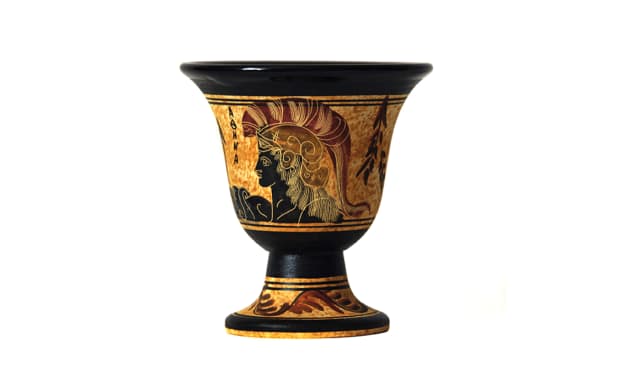
In the ancient land of Egypt, where the Nile River nourished a civilization renowned for its grandeur and mystique, a remarkable chapter in medical history unfolded. The ancient Egyptians, celebrated for their architectural marvels and artistic achievements, also made profound strides in the field of medicine, particularly in the realm of surgery.
Imagine the bustling city of Thebes, where priests and scribes meticulously inscribed sacred texts and artisans crafted exquisite artifacts. Amidst this vibrant setting, ancient Egyptian doctors, often trained as priests, dedicated themselves to the art of healing. Their expertise in surgery was evidenced by the sophisticated tools they wielded, many of which have been unearthed in archaeological excavations.
Among these tools were scalpels, forceps, probes, and saws, crafted from materials such as bronze, copper, and obsidian. Each instrument was meticulously designed with precision, reflecting the advanced medical knowledge of the time. Scalpels with sharp, durable blades were employed for precise incisions, while forceps allowed for the delicate grasping and extraction of foreign objects. Probes aided in the exploration of wounds, and saws facilitated complex surgical procedures, including amputations when necessary.
Picture an ancient Egyptian doctor in a clean, well-lit room, performing surgery with deft hands honed by years of training and an extensive knowledge of human anatomy. Detailed medical texts, such as the Edwin Smith Papyrus, provide invaluable insights into various surgical procedures practiced by these ancient healers. These texts reveal a systematic approach to medicine that emphasized careful observation, accurate diagnosis, and effective treatment—a methodology that strikingly parallels modern medical practices.
Central to Egyptian medicine was the belief that maintaining the body's balance was crucial for health, a concept closely intertwined with their spiritual beliefs. Temples dedicated to healing, where the god Imhotep was revered as both a physician and an architect, served not only as centers of spiritual worship but also as hubs for medical knowledge and training. Here, young physicians learned not only the practical skills of surgery but also the spiritual rituals believed to accompany effective medical treatment.
The legacy of Egyptian surgical tools extended far beyond the ancient world. Their influence permeated through subsequent civilizations, notably influencing Greek and Roman physicians such as Hippocrates and Galen. These medical luminaries studied Egyptian medical texts and integrated their knowledge into their own practices, thereby perpetuating and evolving the field of medicine over centuries.
Today, the remnants of these ancient surgical tools are preserved in museums worldwide, meticulously studied by historians and medical professionals alike. Each artifact serves as a poignant reminder of the ingenuity and skill of ancient Egyptian doctors, who laid the foundations for the surgical practices that continue to save lives in the present day.
By examining and appreciating these ancient contributions, we not only honor the remarkable achievements of our ancestors but also inspire future generations to continue exploring and innovating in the field of medicine. The legacy of Egyptian surgical tools challenges us to uphold a spirit of curiosity and discovery, akin to the brilliant minds who first dared to explore the intricate workings of the human body millennia ago.
As we reflect on the journey from the bustling temples of ancient Egypt to the modern operating rooms of today, the story of Egyptian surgical tools serves as a testament to our shared human heritage and the enduring quest for knowledge and healing. With each scalpel and probe unearthed from ancient sands, we find a link in the unbroken chain of medical innovation—a chain that stretches from the healing temples of Egypt to the hospitals and research centers shaping the future of medicine.
In celebrating the legacy of Egyptian surgical tools, we recognize their enduring impact on the field of medicine. These ancient artifacts not only embody the craftsmanship and skill of their creators but also symbolize the timeless pursuit of understanding and improving the human condition. They stand as a testament to the resilience of the human spirit and the transformative power of knowledge, urging us to continue pushing the boundaries of medical science for the betterment of all humanity.
About the Creator
Marveline Merab
“History never repeats itself. Man always does.”
― Voltaire
Enjoyed the story? Support the Creator.
Subscribe for free to receive all their stories in your feed. You could also pledge your support or give them a one-off tip, letting them know you appreciate their work.






Comments
There are no comments for this story
Be the first to respond and start the conversation.